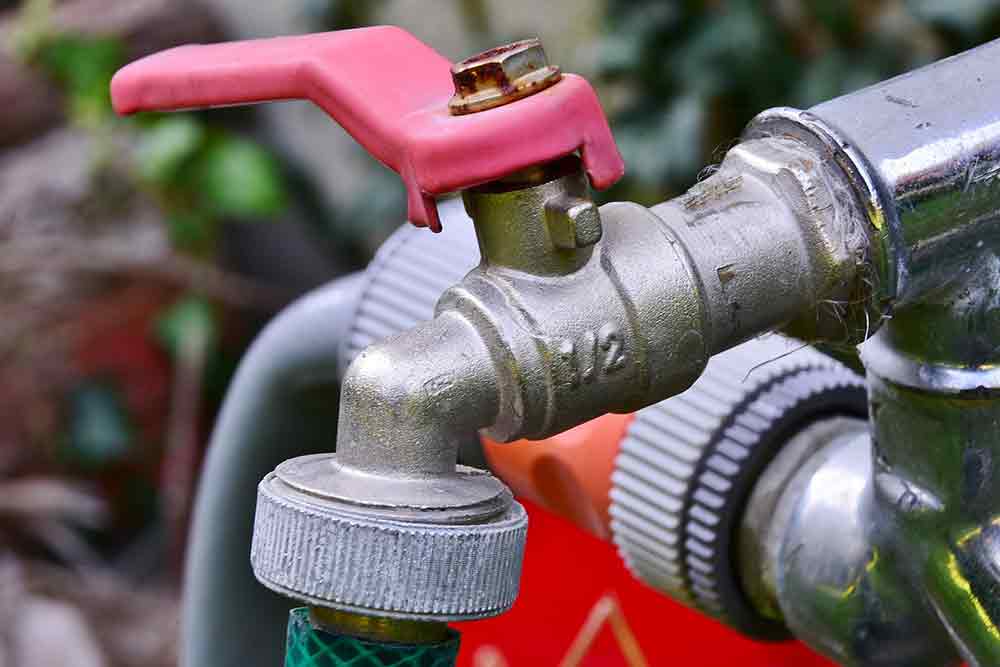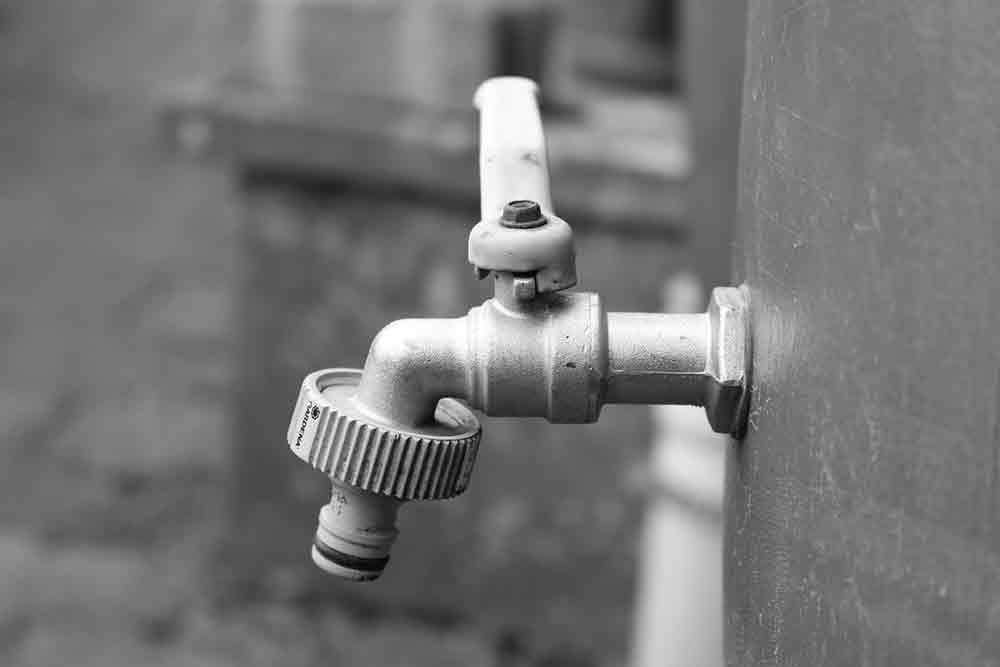As winter approaches in colder climates, homeowners face the challenge of protecting their plumbing from freezing temperatures. One often overlooked component is the hose bibb, also known as the outdoor spigot or faucet. If left unprotected, hose bibbs can freeze and burst, leading to costly water damage and repairs. This comprehensive guide will provide you with detailed steps and preventive measures to ensure your hose bibbs withstand the harsh winter.
Understanding the Risks
When the water inside the hose bibb freezes, it expands, putting immense pressure on the pipes. Since water expands when it turns to ice, this can cause both the faucet and the connecting pipes inside your home to burst, leading to potential flooding and significant water damage. The repair costs and the inconvenience caused can be substantial.
Step-by-Step Guide to Protect Your Hose Bibbs
- Locate All Outdoor Faucets
Start by identifying all the hose bibbs around your home. Common locations include the front and back of the house, the garden, and the garage.
- Disconnect Hoses and Attachments
Remove any hoses, splitters, or attachments connected to your hose bibbs. Water trapped inside hoses can freeze and increase the pressure on the hose bibb itself. Drain the hoses before storing them indoors for the winter.
- Inspect for Leaks and Damage
Check each hose bibb for leaks or drips. Repairing these issues before winter can prevent water from accumulating and freezing within the fixture.
- Shut Off Interior Valves
Most homes are equipped with interior shut-off valves for outdoor faucets. Locate and close these valves to stop water flow to the hose bibbs. This step is crucial in preventing water from reaching the outdoor faucet.
- Drain the Faucet
After the interior valve is shut off, open the outdoor faucet to drain any remaining water from the pipe. Leave the outdoor valve open throughout the winter to allow any accumulated water room to expand without causing damage.
- Install Faucet Covers
Insulated faucet covers are an effective and inexpensive way to protect your hose bibbs from freezing temperatures. These covers fit over the faucet and provide a layer of insulation, reducing the risk of freezing. They can be found at most hardware stores and are simple to install.
- Apply Insulation to Exposed Pipes
Any pipes that are exposed to exterior walls or unheated spaces should be insulated. Foam pipe insulation is easy to install and available at hardware stores. Make sure it fits well-protected around the pipe to prevent cold air from reaching the pipe.
- Use Heat Tape
For added protection, consider installing heat tape around the hose bibb and any exposed pipes. Heat tape, when plugged in, will keep the pipes warm enough to prevent freezing. It’s crucial to follow the manufacturer’s instructions carefully to avoid any fire risk.
- Seal Leaks and Drafts
Check around your home for any leaks or drafts near your plumbing, especially where pipes run through walls or foundations. Use caulking or expandable foam to seal these leaks and keep cold air away from your pipes.
- Monitor Your Home’s Temperature
Keep your home’s temperature at 55 degrees Fahrenheit or higher, even if you are away. Maintaining a steady temperature inside can prevent interior pipes from freezing.

Troubleshooting Common Issues
Despite taking preventive measures, you might still encounter issues. Here are some tips for troubleshooting common problems:
- Faucet Still Drips After Shutting Off Interior Valve: This might indicate that the valve is not completely closed or is malfunctioning. It may need to be replaced.
- Insufficient Insulation: If you find that insulation is not enough during a particularly cold spell, additional temporary insulation can be added, such as wrapping the faucet and pipes in old towels secured with duct tape.
Professional Help
If you’re unsure about any steps, or if you encounter complex issues like leaks inside the walls or poor insulation, it’s wise to call in a professional plumber. They can offer more thorough insulation solutions, replace faulty valves, and ensure your home is prepared for the winter months.
Conclusion
Protecting your hose bibb from freezing is an essential part of winterizing your home and can save you from inconvenient and expensive repairs. By following these detailed steps, you ensure that your outdoor faucets and plumbing are well-protected against the freezing temperatures. Remember, the key to effective freeze protection is preparation and timely action, so make sure to start these steps before the winter sets in fully.
By taking these precautions, you’ll not only protect your plumbing but also maintain the integrity and functionality of your home’s water systems during the cold season.

